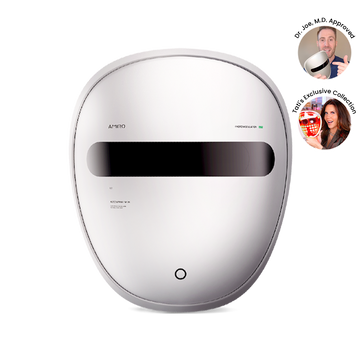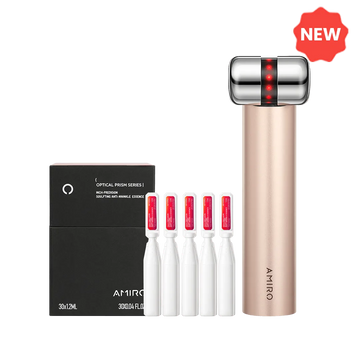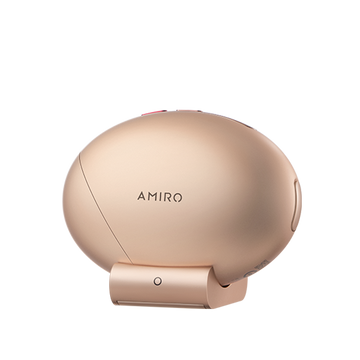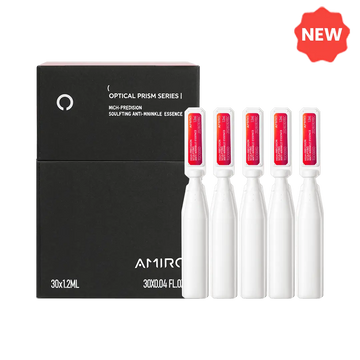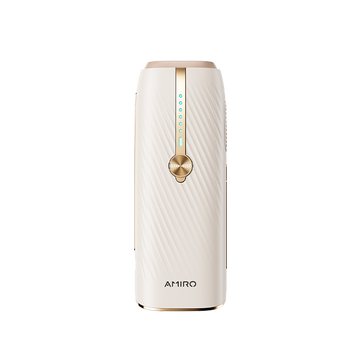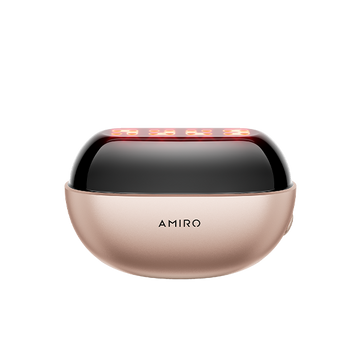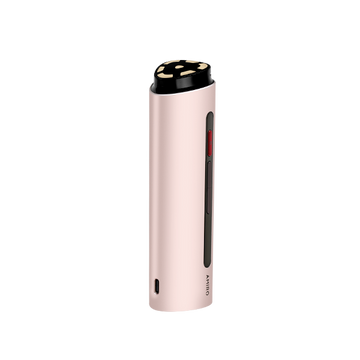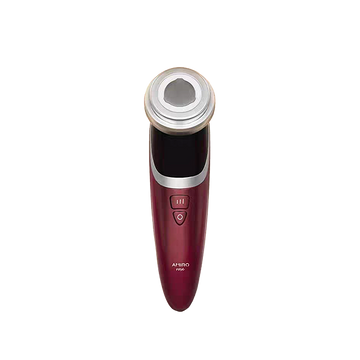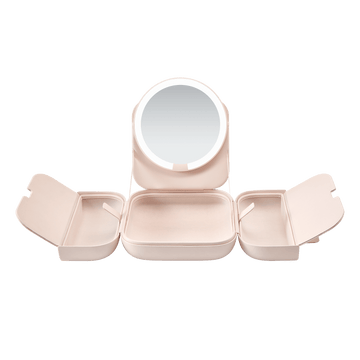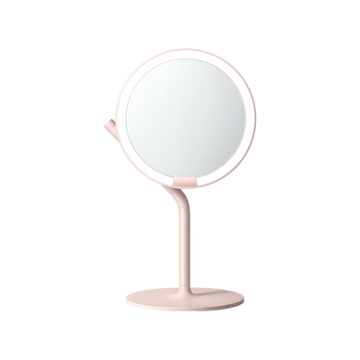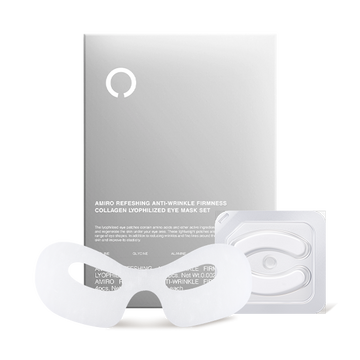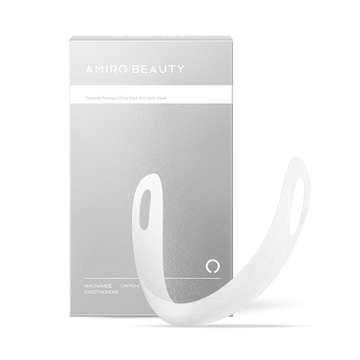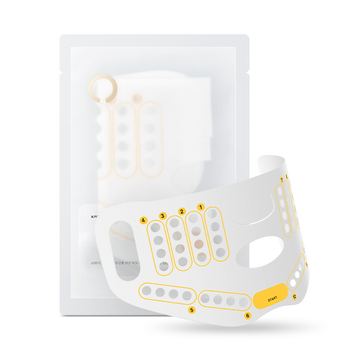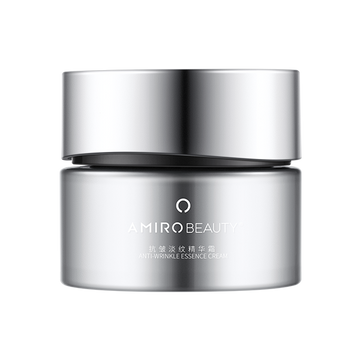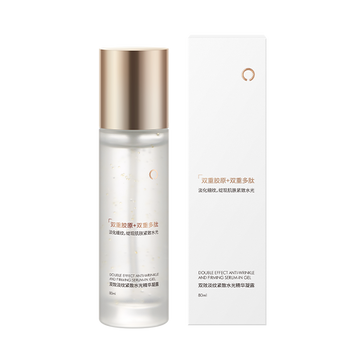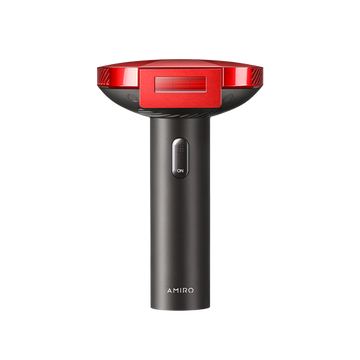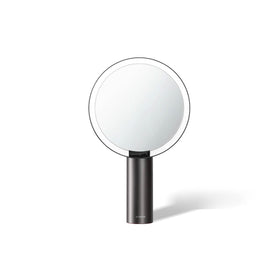Leg Hair Removal: 7 Methods Compared and Which is Best for You?
Navigation
- Introduction
- Leg Hair Growth: Why?
- Shaving
- Waxing
- Epilating
- Hair Removal Creams
- Electrolysis
- Laser Hair Removal
- IPL Hair Removal
- Conclusion
Introduction
Smooth, hair-free legs are a beauty goal for many, but with so many hair removal options available, it can be challenging to determine which method is the best fit for your needs and lifestyle.
This comprehensive guide will explore various leg hair removal techniques, from traditional shaving to modern epilating and Intense Pulsed Light (IPL) treatments, helping you navigate the world of hair removal with ease. Immerse yourself in this in-depth exploration and discover the method that will leave your legs looking and feeling their best.
Leg Hair Growth: Why?
Before diving into leg hair removal methods, it is essential to understand the hair growth cycle. Hair grows in three stages: anagen (active growth), catagen (transition), and telogen (resting). The duration of each phase varies depending on the body area, and leg hair typically has a shorter anagen phase compared to other areas, resulting in slower growth. Understanding the leg hair growth cycle can help you choose the most effective hair removal method for your legs.
So, What are the common methods for removing leg hair? A single table to provide all the information.
| Method | Pros | Cons | Tips |
|---|---|---|---|
| Shaving |
|
|
|
| Waxing |
|
|
|
| Epilating |
|
|
|
| Hair Removal Creams |
|
|
|
| Electrolysis |
|
|
|
| Laser Hair Removal |
|
|
|
| IPL Hair Removal |
|
|
|

Shaving
As an oft-chosen path, shaving is a popular and economical approach for leg hair removal. Using a razor, you can quickly and easily remove hair from the skin's surface.
Pros
- Fast and convenient
- Affordable
- Painless when done correctly
Cons
- Short-lasting results (hair regrowth within a few days)
- Risk of cuts, razor burn, and ingrown hairs
Tips for successful shaving
- Exfoliate your legs before shaving to remove dead skin cells and reduce the risk of ingrown hairs.
- Use a sharp, clean razor and change the blades regularly.
- Apply a moisturizing shaving cream or gel to reduce friction and irritation.
- Shave in the direction of hair growth to minimize the risk of razor burn and ingrown hairs.
- Rinse the razor after each stroke to prevent clogging.
- Apply a soothing moisturizer after shaving to keep your skin hydrated and healthy.
Waxing
- Waxing is a semi-permanent leg hair removal method that removes hair from the root using either hot or cold wax. This technique can provide longer-lasting results compared to shaving.
Pros
- Longer-lasting results (up to 4-6 weeks)
- Less risk of razor burn and cuts
- Hair regrowth tends to be finer and sparser
Cons
- Painful, especially for first-timers
- Can be expensive if done professionally
- Risk of burns, irritation, and ingrown hairs
Tips for successful waxing
- Allow hair to grow to at least 1/4 inch before waxing for the best results.
- Exfoliate your legs a day or two before waxing to help remove dead skin cells and improve wax adherence.
- Test the temperature of hot wax on a small area of your skin before applying it to your legs.
- Apply the wax in the direction of hair growth and remove it quickly in the opposite direction.
- Moisturize your legs after waxing to soothe the skin and reduce irritation.
- Avoid tight clothing, hot showers, and sun exposure for at least 24 hours after waxing to minimize skin irritation.
Epilating
Epilating legs involves using a handheld device with multiple tweezers that quickly remove hair from the root as you glide it across your skin.
Pros
- Longer-lasting results (up to 4 weeks)
- Can be done at home
- Hair regrowth is finer and lighter
Cons
- Can be painful, especially for first-time users
- May cause temporary redness and irritation
- Risk of ingrown hairs
Tips for successful epilating
- Exfoliate your legs before epilating to reduce the risk of ingrown hairs.
- Hold the epilator at a 90-degree angle and move it slowly in the direction of hair growth.
- Use a lower speed setting if you are new to epilating or have sensitive skin.
- Stretch the skin taut with your free hand to make the process more comfortable and efficient.
- Clean your epilator regularly to ensure optimal performance.
- Apply a soothing moisturizer or aloe vera gel after epilating to calm the skin and reduce irritation.
Hair Removal Creams
Hair removal creams, also known as depilatory creams, use chemicals to break down the hair's protein structure, making it easy to wipe or wash away.
Pros
- Painless
- Affordable and easy to use at home
- Results last longer than shaving (up to one week)
Cons
- Strong chemical smell
- May cause irritation or allergic reactions for some people
- Can be messy
Tips for successful hair removal cream use
- Perform a patch test on a small area of skin at least 24 hours before using the cream to ensure you do not have an adverse reaction.
- Apply the cream evenly and follow the manufacturer's instructions for the recommended duration.
- Gently wipe or rinse away the cream and hair.
- Apply a moisturizer after using the cream to keep your skin hydrated and healthy.
Electrolysis
Electrolysis is a permanent hair removal method that uses a small electric current to destroy the hair follicle. This method is typically performed by a trained professional and requires multiple sessions.
Pros
- Provides permanent hair removal
- Suitable for all skin and hair types
- No risk of ingrown hairs
Cons
- Expensive and time-consuming
- Requires multiple sessions for best results
- Can be painful
Tips for successful electrolysis
- Consult with a qualified professional to determine if electrolysis is the right choice for you.
- Follow pre- and post-treatment instructions provided by your technician.
- Be patient and commit to the necessary sessions for optimal results.
Laser Hair Removal
Laser hair removal uses focused light energy to target the melanin in hair follicles, effectively reducing hair growth over time. This method requires multiple sessions and is typically performed by a trained professional.
Pros
- Provides long-lasting or even permanent hair reduction
- Can save time and money in the long run
- Less risk of ingrown hairs
Cons
- Expensive upfront cost
- Requires multiple sessions for best results
- Not suitable for all skin and hair types
Tips for successful laser hair removal
- Consult with a qualified professional to determine if laser hair removal is appropriate for your skin and hair type.
- Follow pre- and post-treatment instructions provided by your technician, such as avoiding sun exposure and certain skincare products.
- Be patient, as it may take several sessions to see noticeable results.
- Some laser hair removal guide here.
IPL Hair Removal
IPL hair removal is a light-based treatment that targets the melanin in hair follicles, heating them up and causing damage that inhibits hair growth. This method is similar to laser hair removal but uses a broad spectrum of light rather than a focused laser beam.
Like laser hair removal, IPL requires multiple sessions and is typically performed by a trained professional, although at-home devices are also available.
Pros
- Provide long-lasting hair reduction
- Suitable for a wider range of skin and hair types compared to laser hair removal
- Less risk of ingrown hairs
Cons
- Expensive upfront cost, especially for professional treatments
- Requires multiple sessions for best results
- May be less effective on very light or very dark hair
Tips for successful IPL hair removal
- Consult with a qualified professional to determine if IPL hair removal is appropriate for your skin and hair type, or research at-home devices thoroughly before purchasing.
- Follow pre- and post-treatment instructions provided by your technician or included with your at-home devices, such as avoiding sun exposure and certain skincare products.
- Be patient, as it may take several sessions to see noticeable results.
One highly recommended IPL hair removal device is AMIRO A2 IPL Hair Removal Device. This hair removal device is known for its effectiveness, ease of use, and safety features. Moreover, it can achieve permanent leg hair removal in just 4 weeks and is priced within a reasonable price range. Choose the best one is important.
Conclusion
Leg hair removal is a personal choice, and the best method for you will depend on factors such as your pain tolerance, budget, and desired results. Whether you prefer the convenience of shaving, the long-lasting smoothness of epilating, the effectiveness of IPL with devices like AMIRO Hair Removal Device, or the permanence of electrolysis, there is a method out there that will suit your needs.
By understanding the advantages and drawbacks of each technique, you can make an informed decision and confidently step into the world of epilating legs , revealing smooth, radiant legs that enhance your confidence and beauty.
